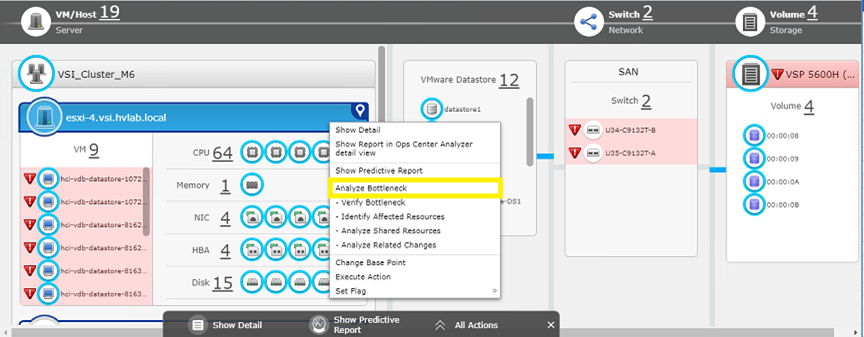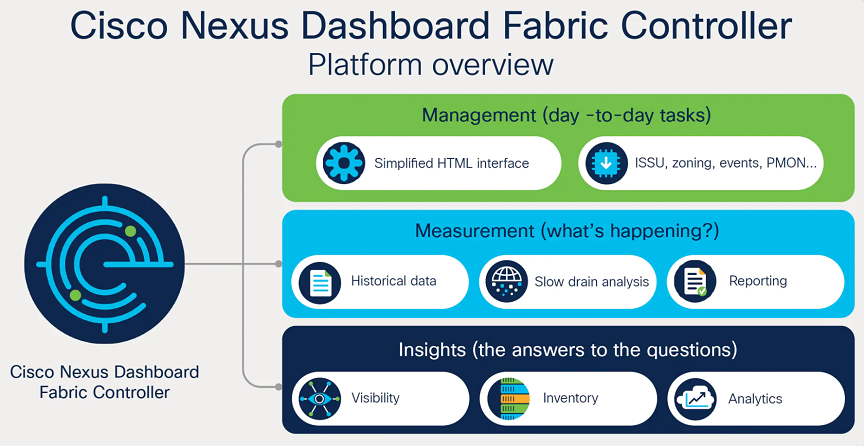How Hitachi Vantara and Cisco Teamed Up to Fight Data Traffic Jams


Network congestion can be the true Achille’s heel of the data center. The central nervous system of the enterprise, the data center’s ever-present weakness is congestion, data “traffic jams” that occur when connections are overloaded. Like the real kind, there is no upside to traffic jams; they cause everything from low bandwidth and spotty performance, to lost data and network outages.
This is an area near and dear to Cisco and Hitachi Vantara, so much so that we jointly developed a solution to help organizations avoid congested network connections completely. The Cisco and Hitachi Adaptive Solution for Converged Infrastructure brings together the best of compute, networking, storage, and virtualization technology into a hybrid-cloud platform.
The Cisco and Hitachi Adaptive Solution is designed to run any application workload to give customers improved agility, scalability, and reliability. Advanced software tools and functions from both Cisco and Hitachi Vantara help identify connectivity issues before they occur to take preemptive steps to eliminate the potential congestion.
Most congestion problems are caused by over-utilization of Fibre Channel connection points that reside between storage and compute processing resources. Cisco and Hitachi Vantara provides users visibility across deployment, monitoring, and management of the Cisco and Hitachi Adaptive Solution for Converged Infrastructure. Through this solution, the Cisco Nexus Fabric Dashboard Controller (NFDC) with SAN Insights combines with Hitachi Ops Center Analyzer to identify potential data traffic congestion areas and when they may happen to allow administrators to tackle the problem before it brings down the network.
Hitachi Ops Center Analyzer allows end-to-end metric collection and visually presents the data path from compute hosts, Fibre Channel switches, and backend storage systems to provide end users a holistic view of their datacenter resources while proactively monitoring dynamic or static thresholds. Additionally, Ops Center Analyzer provides root cause analysis via Analyze Bottleneck feature to compare performance characteristics of compute, SAN switch, or storage system to confirm which layer is potentially causing bottlenecks. The Analyze Bottleneck feature also provides a list of other impacted resource which maybe sharing the same impacted resource as well as a catalog of all changes within the environment to help administrators backtrack and identify what may have cause the issue in the first place.

Cisco SAN Analytics, which drives SAN Insights, offers end-to-end visibility into Storage-Area-Network (SAN) topology via telemetry that’s built into the Cisco Nexus, along with port guard features to avoid congestion. With SAN Analytics, Cisco provides advanced features via NDFC which include slow drain analysis where statistics of utilization are provided at the switch and port level as well as Cisco MDS Dynamic Ingress Rate Limiting (DIRL) at the switch level where the system automatically identifies and resolves SAN congestion by dynamically adapting the ingress traffic rate until the egress congestion is gone.

With this joint solution, gone are the days of hunting for the problem. Potential hot spots for SAN congestion are presented proactively.
To fully appreciate exactly what you can do in your environment to avoid your own data traffic jam, take a look at the best practice paper provided by Hitachi Vantara and Cisco: The “Cisco and Hitachi Adaptive Solutions with SAN Analytics” Best Practices guide. This paper will open the door to a traffic jam-free environment and a more resilient, better performing enterprise.
Art Cruz is Vice President, Converged and Shared Services Engineering, at Hitachi Vantara.
Art Cruz is Vice President, Converged and Shared Services Engineering, at Hitachi Vantara.